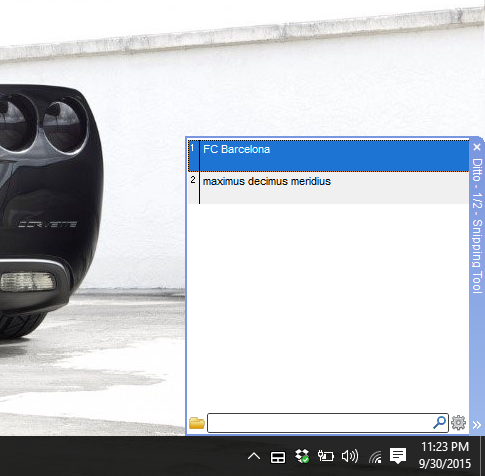Unlike other browsers that come with built-in updaters and a prominent manual update option in their settings, Microsoft Edge uses a different method to stay updated. We discuss this method, while showing you how to update your copy of Edge on Windows 10.

A Quick Update on Microsoft Edge’s Brief History
One application that has been omnipresent in Windows is Internet Explorer. Whether it is Windows 98, Windows XP or Windows 7, Internet Explorer has always been there to cater for the surfing needs of users and is to this date, one of the most popular web browsers out there. It is commonly used by people who aren’t too comfortable changing their browser (assuming they know what a browser is in the first place!) – people like your parents, grandparents, and that uncle who just blew $1500 on a new computer.
Now, Windows 10 has replaced Internet Explorer with the all new Microsoft Edge. This pacy yet simple browser has turned into a darling for all Windows boys out there and has been warmly welcomed by veteran users who have not yet embraced Chrome or Firefox.
Despite the obvious upgrades up and below the hood in Microsoft Edge, it still lags behind in some pitiful accessibility features which a browser of this caliber should not be lagging in. It includes not being able to delete favourites at once easily etc. That being put aside, one can simply not argue about the design and theme of Microsoft Edge and how it has been developed graphically to please users, especially the aesthetics crazy ones.
However, Microsoft keeps updating Edge every now and then. Since typing this updated blog post on April 25th, Microsoft has introduced a bunch of new features including Edge extensions, the ability to pin tabs, change the default downloads location, and more! Check out our Edge category to see all the latest updates.
Get The Most Out Of Edge By Keeping It Updated
To get the most out of an app, you need to keep it up to date. This ensures that any alterations or additions, that have been made to the app by its developers, get straight to your apps to ensure smooth and efficient working of them. Microsoft Edge is no different. To enjoy your browsing experience to the fullest with it, you need to update Edge regularly.
Here’s the deal with Microsoft Edge, however: you cannot update it on its own! As a built-in, system application, Edge receives updates whenever you update Windows 10. Updating Windows 10 is a simple, automatic process but you can choose to do it manually. I personally like that Microsoft bundled Edge updates with Windows 10 – this way users keep their entire OS and other apps updated too, not just their browser.
Although this keeps on happening automatically in the background, sometimes due to connection troubles, or other issues this automatic procedure can stop. In the event of that happening, you have to update Windows 10 and thus Microsoft Edge manually. The steps to do so are as follows:
Step 1: Search for ‘Settings’ from the taskbar, and launch it.
Step 2: Click on Update and Security from the Settings window.
Step 3: From the left side menu, click on Windows Update.
Step 4: You can manually check for updates from here. Windows may also list available but not installed updates here. Click on Install nowto install and update Windows 10 as shown in the image below.

That’s it. If you’re on the latest update of Windows 10, you can rest easy knowing you’re on the latest update of Microsoft Edge.
Happy browsing!
The post Update Microsoft Edge Browser [How To] appeared first on Windows Clan.




